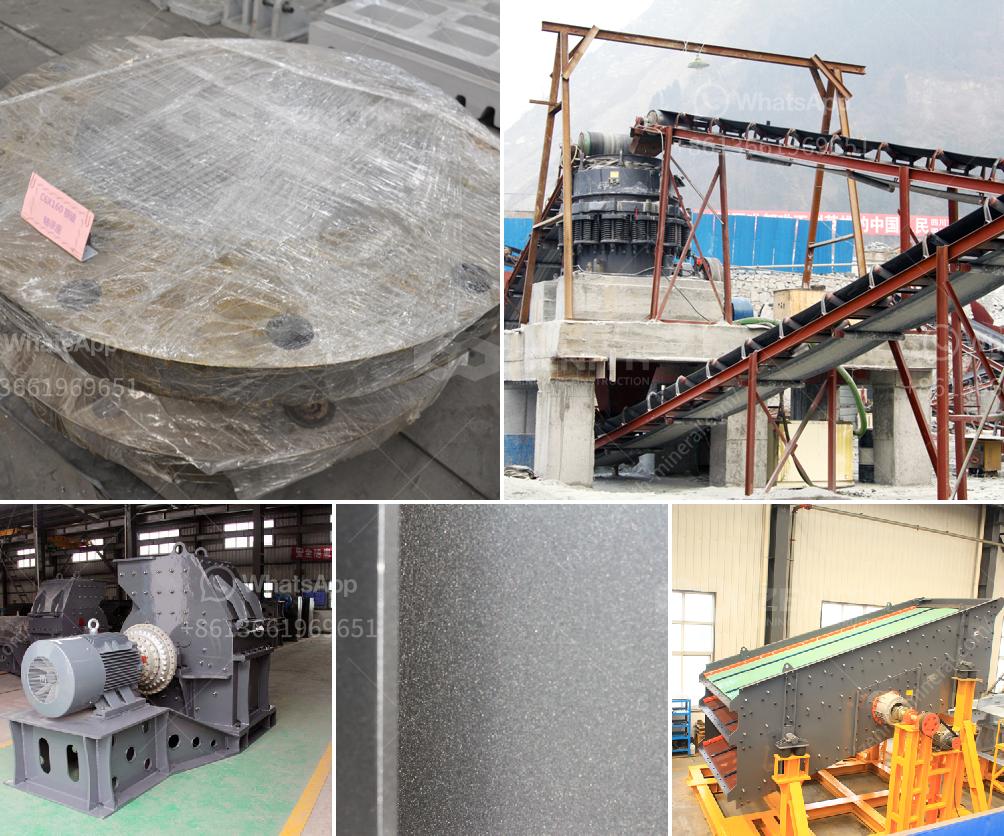The process of limestone grinding involves several stages, each of which is crucial to ensure the final product meets the desired specifications. Here is a detailed breakdown of the limestone grinding process:
-
Raw Material Preparation:
- Extraction: Limestone is typically extracted from quarries or mines. The raw limestone is usually in large chunks and needs to be reduced in size.
- Crushing: The extracted limestone is transported to a crusher, where it is broken down into smaller pieces. This step is essential to make the material manageable for the grinding process.
-
Grinding:
- Primary Grinding: The crushed limestone is fed into a primary grinding mill, which can be a ball mill, vertical roller mill, or other types of mills. The primary grinding reduces the limestone to a fine powder.
- Classification: After primary grinding, the material is passed through a classifier to separate fine particles from coarser ones. The fine particles are collected, while the coarser ones are sent back to the mill for further grinding.
-
Secondary Grinding:
- Fine Grinding: The material that passes through the classifier is subjected to secondary grinding. This step ensures that the limestone is ground to the desired fineness. The type of mill used in this stage can vary, but it often involves high-efficiency mills that can produce very fine powders.
-
Separation and Collection:
- Cyclone Separator: The finely ground limestone is often passed through a cyclone separator, which helps in collecting the fine particles and separating them from the air.
- Dust Collection: Dust collectors are used to capture any remaining fine particles in the air, ensuring that the working environment is clean and that no material is wasted.
-
Storage and Packaging:
- Storage: The finely ground limestone is stored in silos or other storage facilities until it is ready for use or packaging.
- Packaging: Depending on the end-use, the limestone powder may be packaged in bags, bulk containers, or other forms of packaging for transportation and sale.
-
Quality Control:
- Testing: Throughout the grinding process, samples of the limestone powder are taken and tested to ensure they meet the required specifications. This can include tests for particle size distribution, purity, and other relevant parameters.
- Adjustments: Based on the test results, adjustments may be made to the grinding process to ensure consistent quality. This can involve changing the grinding parameters, adjusting the classifier settings, or other modifications.
-
Environmental Considerations:
- Dust Management: Effective dust management systems are crucial to minimize the environmental impact of the grinding process. This includes using dust collectors, filters, and other technologies to capture and control dust emissions.
- Waste Management: Any waste products generated during the grinding process need to be managed properly. This can involve recycling, disposal, or other methods to ensure environmental compliance.
In summary, the limestone grinding process involves several stages, including raw material preparation, primary and secondary grinding, separation and collection, storage and packaging, quality control, and environmental management. Each stage is essential to ensure the final product meets the desired specifications and is produced in an efficient and environmentally responsible manner.

